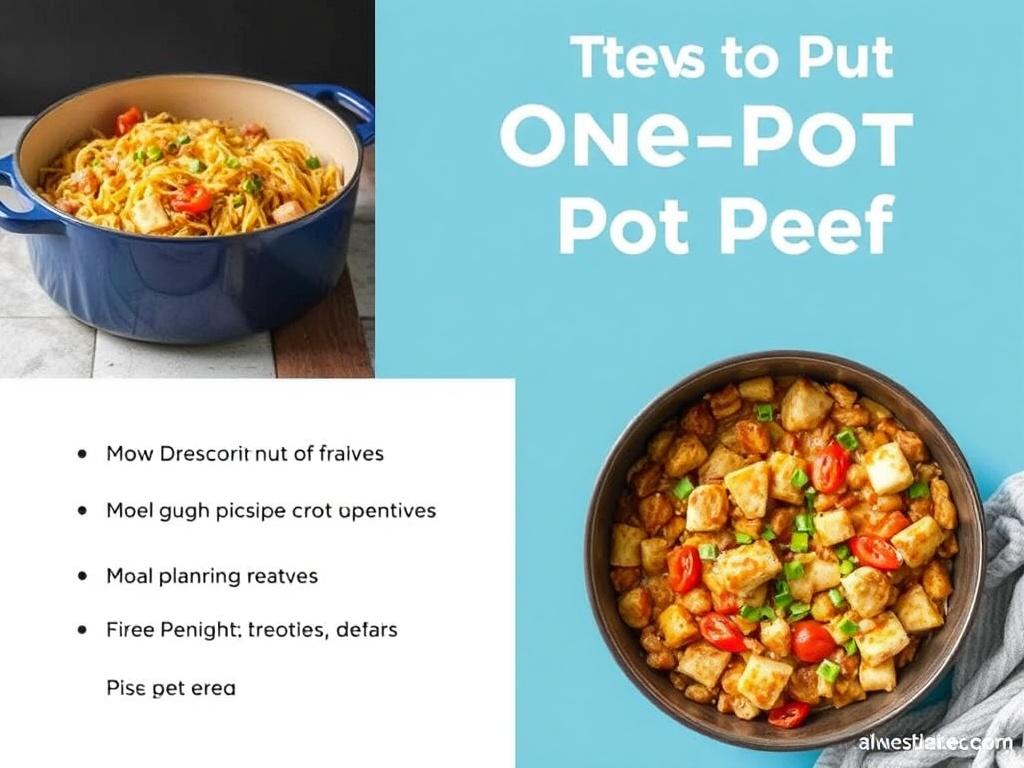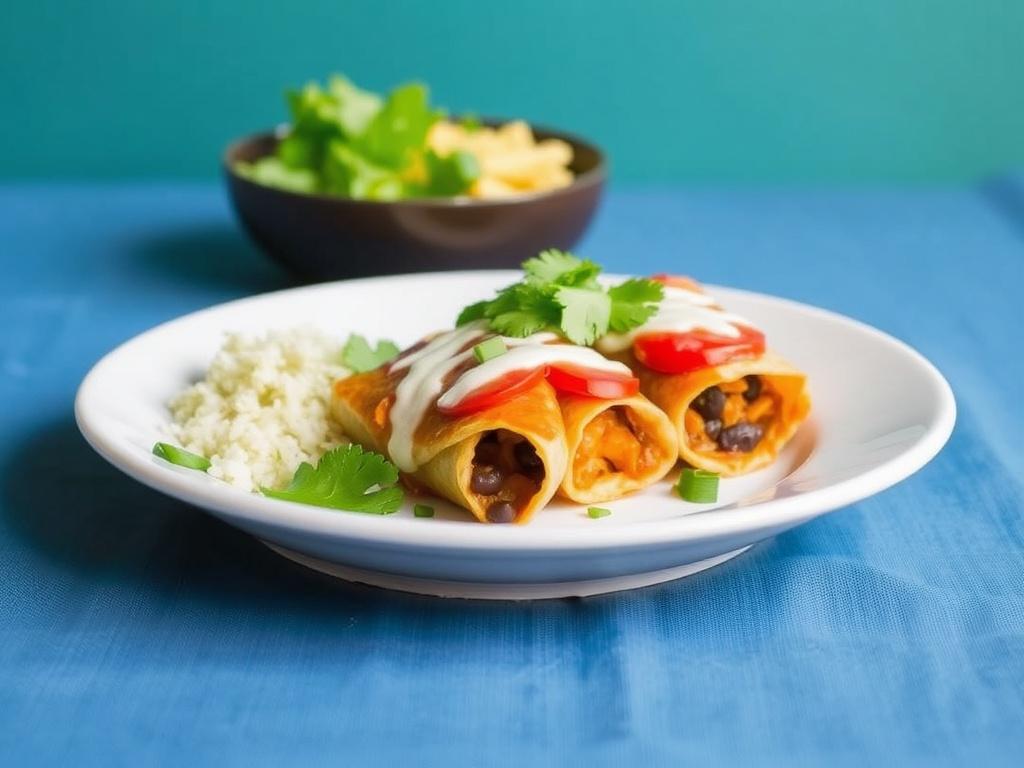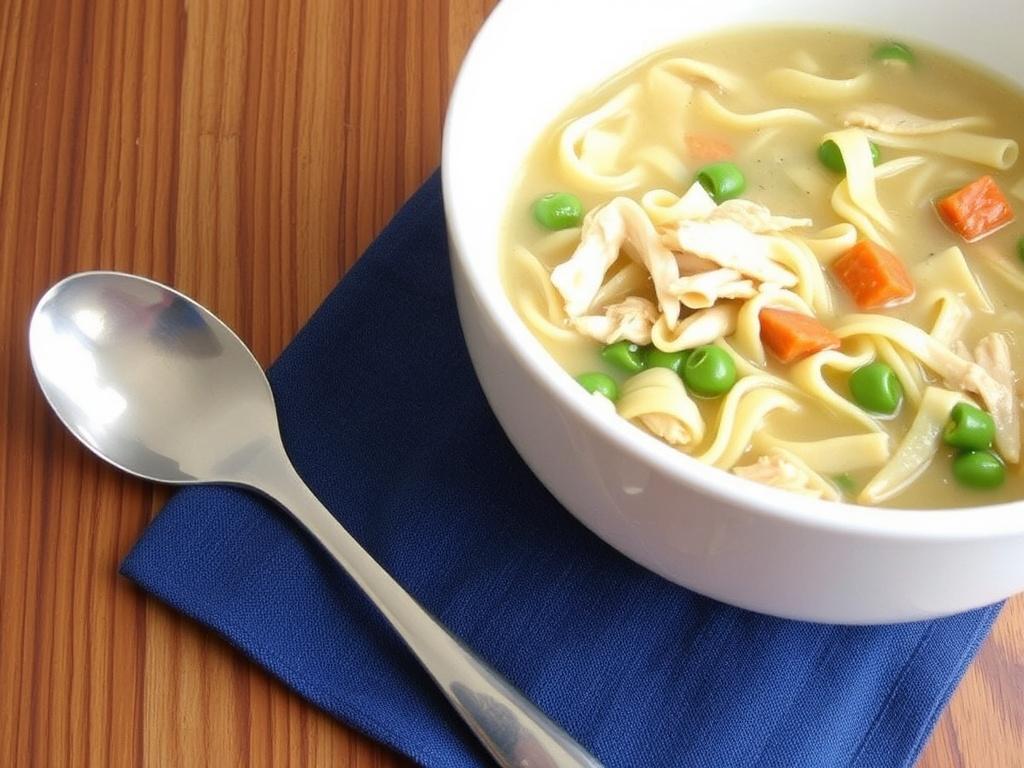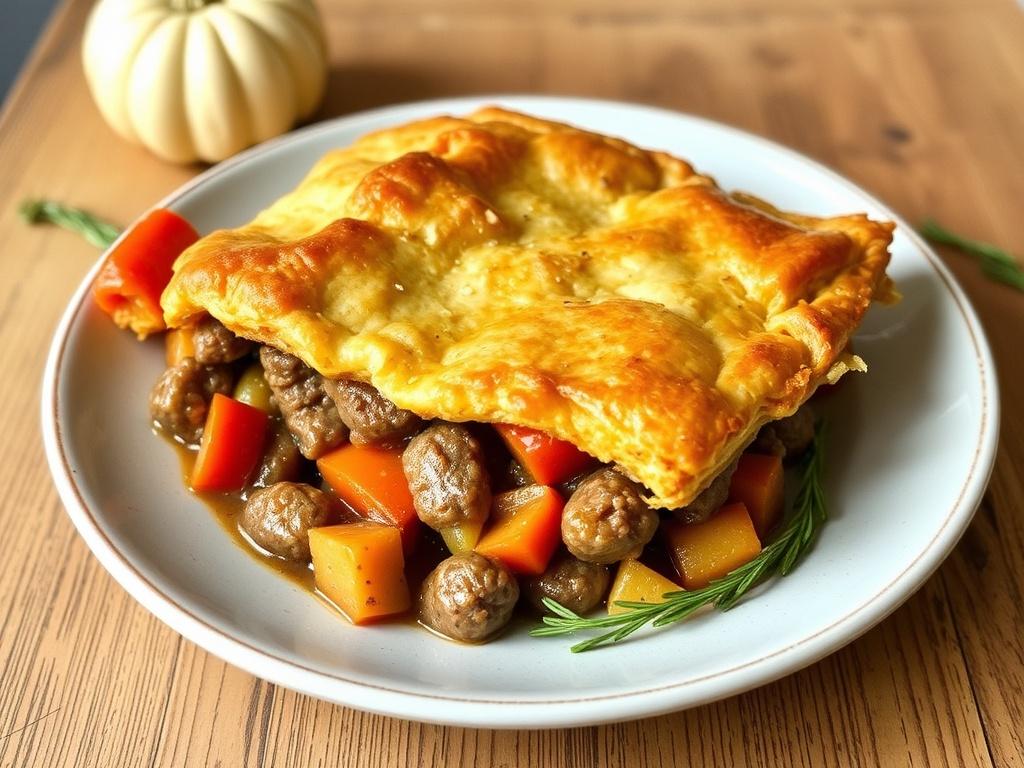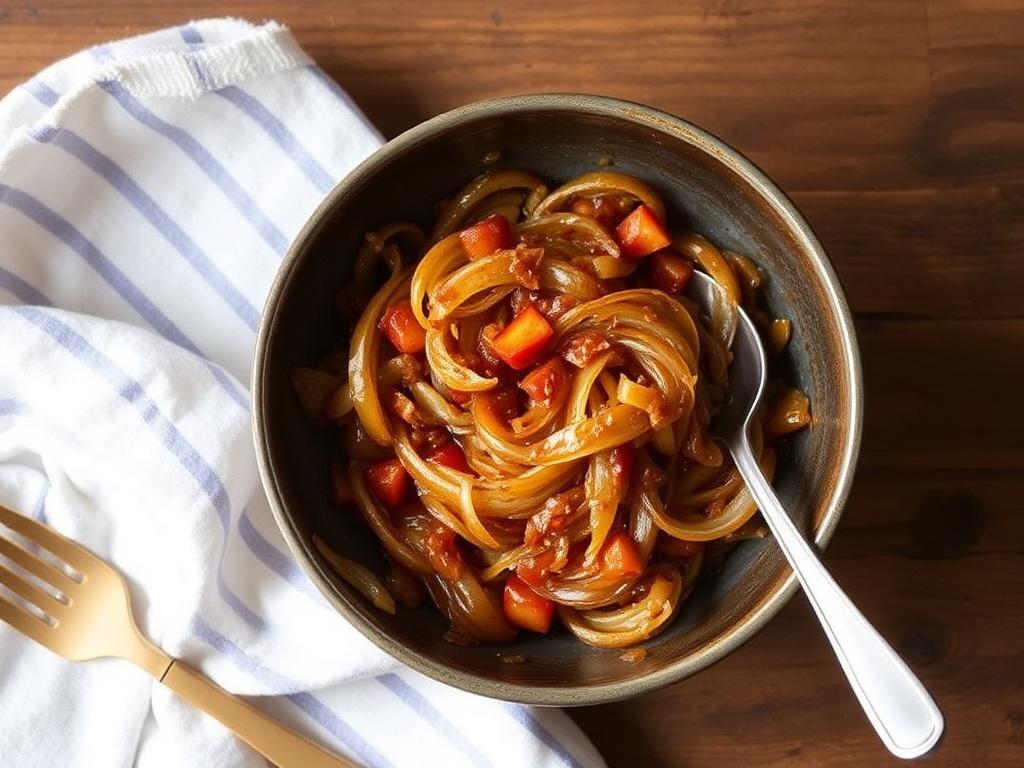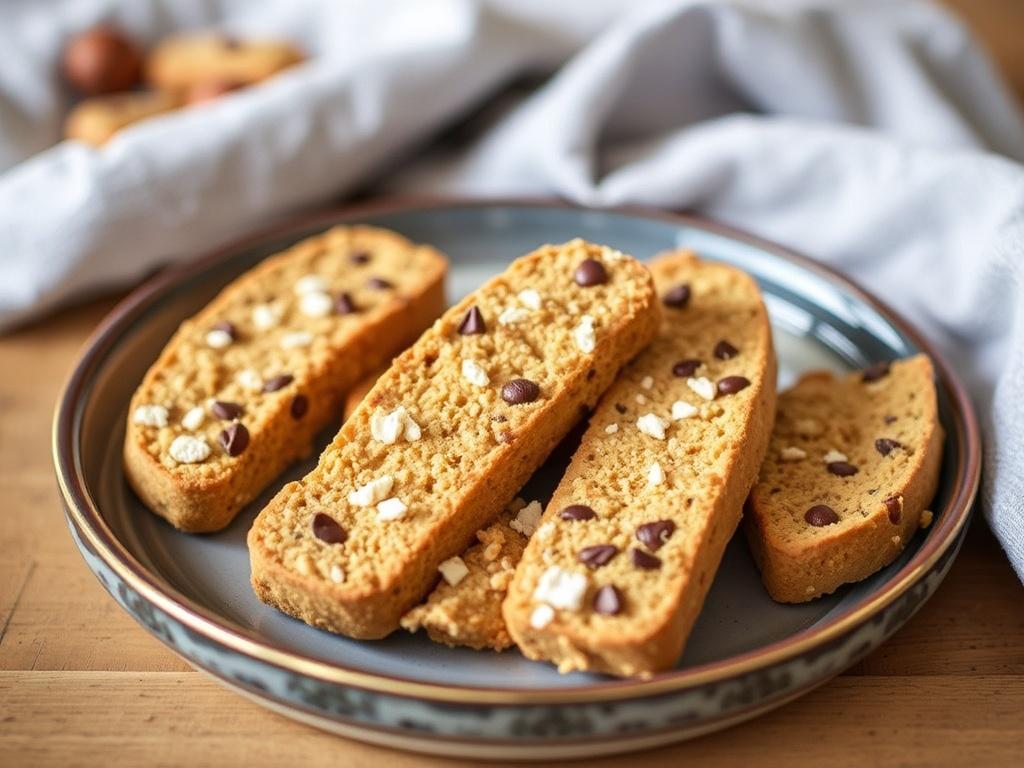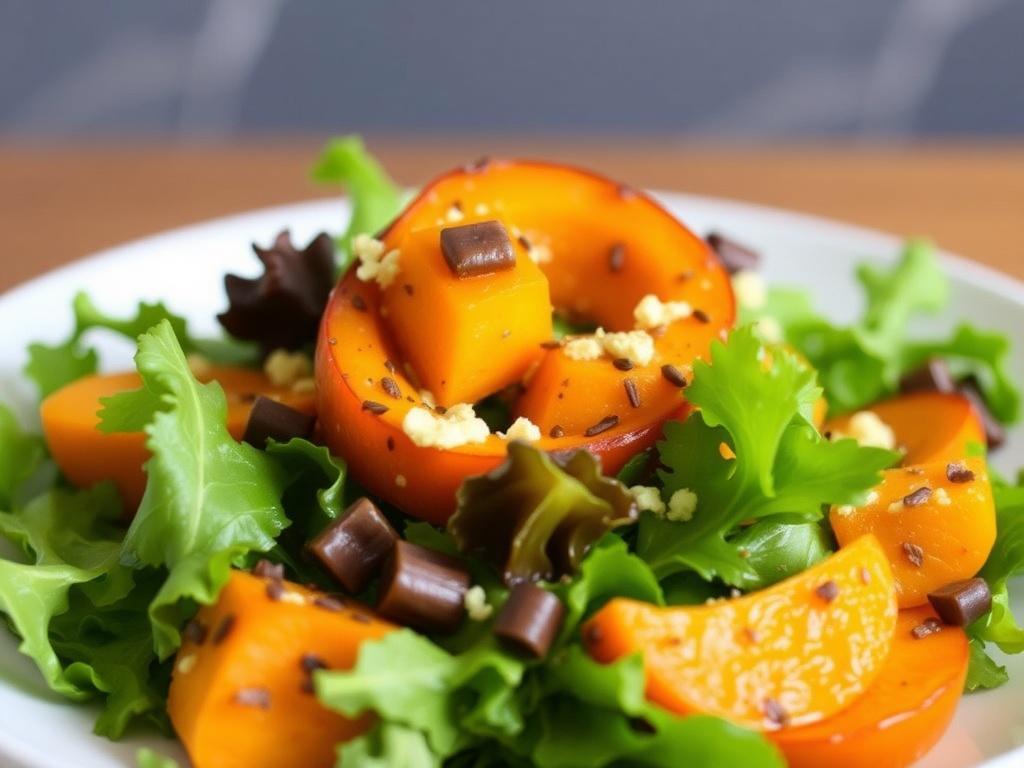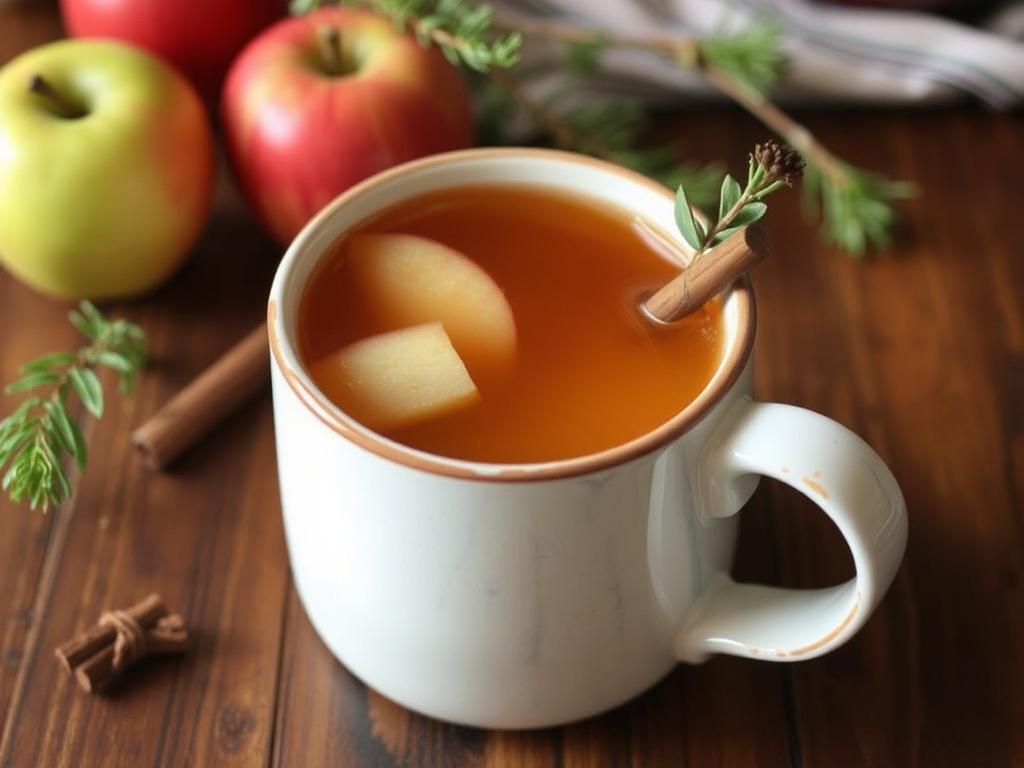Classic Homemade Pizza Variations That Actually Work: From Neapolitan to Deep-Dish
There’s a particular thrill in pulling a blistered crust from a household oven and watching the cheese bubble like a small, edible pond. In this article I’ll walk you through Classic Homemade Pizza Variations that are realistic for a home cook, useful across different ovens, and forgiving enough for experimentation. You’ll find guidance on dough, sauce, and cheese, along with several distinct pizza styles to try — each explained with practical tips rather than vague platitudes. I’ll also share little hacks that saved my dinners on more than one occasion, and a few recipes you can attempt this weekend. Read on if you want to move beyond frozen pies and understand what makes a pizza feel right in the mouth.
The Foundation: Dough, Sauce, and Cheese
A good pizza begins with a few basic decisions: what flour you use, whether you want a thin or thick crust, and how you treat the dough. Flour type defines texture — high-protein bread flour gives chew, 00 flour softens and allows for those characteristic charred bubbles on a very hot surface, while all-purpose is a fine compromise for everyday home-baking. Hydration matters too; a wetter dough yields larger holes and a lighter crumb but can be trickier to shape. For sauce, simplicity wins: crushed San Marzano or good canned plum tomatoes, a pinch of salt, and a little olive oil let the tomato sing without fighting the crust. Cheese choices are decisive: fresh mozzarella for Neapolitan-style, low-moisture mozzarella for New York-style, and blends with provolone or asiago for richer, meltier finishes.
How you treat the dough during fermentation changes everything. A slow, cold rise in the fridge develops flavor and digestibility, and a short room-temperature proof gives speed when you’re in a hurry. I usually make a large batch and freeze portions — it saves time and improves consistency. Basic technique is straightforward: mix, rest, fold a few times, then chill. You don’t need a fancy mixer; hand-kneading or a gentle stretch-and-fold routine gets you there. Below are common dough approaches to choose from depending on the pizza style you want to try:
- Neapolitan: 00 flour, 60-65% hydration, short yeast, very high heat.
- New York-style: bread flour, 58-62% hydration, slightly longer fermentation, tossed thin.
- Chicago deep-dish: dough enriched with butter or oil, pressed into a pan, thicker crust.
- Roman/Sheet: lower hydration, rolled thin and baked on a sheet for crispness.
Classic Pizza Styles to Make at Home
Neapolitan
Neapolitan pizza is about contrast: a tender interior with a charred rim and a few bright ingredients. Authentic versions cook at extremely high heat, but at home you can approximate the effect by preheating a pizza stone or steel at maximum oven temperature for at least an hour. Keep toppings minimal — crushed tomatoes, a few basil leaves, and slices of fresh mozzarella — because moisture and weight will prevent the crust from puffing properly. Stretch dough gently by hand; don’t use a rolling pin or you’ll lose the air pockets that make the crust sing. Finish with a drizzle of extra-virgin olive oil after baking to lift the flavors.
New York-style
The New York slice is the working-class hero of pizza: foldable, substantial, and built to travel. The dough is slightly chewier than Neapolitan thanks to higher gluten content and a bit less hydration. A pan or pizza stone preheated thoroughly helps recreate the crisp yet yielding base; bake at the highest temperature possible in your oven, then slide the pie directly onto the rack if you want extra bottom browning. Use low-moisture mozzarella to reduce sogginess and add toppings in moderation to preserve that characteristic fold. This style rewards a bit of grease from quality cheese and a good crust, so don’t be shy about finishing with a light oil brush if the pie looks dry.
Chicago Deep-Dish
Deep-dish pizza is essentially a savory pie, with a buttery crust that needs to hold its own against generous layers of cheese, sauce, and toppings. Use a sturdy pan and press the dough up the sides so it forms a firm shell; blind-baking the crust a little before filling can prevent a soggy bottom. Layer cheese directly on the dough, add meats or vegetables next, and top with chunky tomato sauce so the sauce remains upfront when served. Baking is slower than other styles — expect 30 to 45 minutes depending on depth — and the result is a comforting, knife-and-fork affair rather than a foldable slice. This is the pizza to make when you want something more like dinner than a snack.
Roman and Pizza al Taglio
Roman-style pizzas often come in two tracks: the ultra-thin, crisp Roman tonda, and the rectangular, airy pizza al taglio sold by weight. The latter uses a high-hydration dough and long cold fermentation to produce an open crumb and crisp base when baked on a sheet. Baked in oiled pans, these rectangular pies take toppings that can be a little heavier, and they’re ideal for feeding a crowd because you can cut them into generous squares. For home cooks, the sheet approach is forgiving: you can par-bake the crust, add toppings, and finish under the broiler for a glossy finish. It’s a flexible format for creative toppings and brunch-ready combinations.
Margherita — The Quintessential Classic Pizza
Margherita is a lesson in restraint: the simplicity tests your core technique more than any elaborate topping arrangement. Tomato, fresh mozzarella, and basil must be in balance — too much cheese or sauce hides subtleties in the crust. At home, aim for a thin center and a puffed, blistered edge; use a hot stone or steel and bake quickly to trap steam and create those airy pockets. Finish with fresh basil and a whisper of olive oil to keep the herbs fragrant. When I first mastered a Margherita at home, I realized that the dish reveals mistakes immediately, which is why it’s so useful as a barometer of your pizza-making skills.
Pepperoni and Classic Toppings
Pepperoni is a ubiquitous favorite for a reason: its fat renders and crisps at the edges, seasoning the entire pie. For consistent results, use thinly sliced, moderately fatty pepperoni and place it evenly so each bite has a little curl. Classic toppings like mushrooms, onions, and bell peppers work best when sliced thin and pre-cooked or lightly sautéed to remove excess moisture. Meats such as Italian sausage or pancetta benefit from a quick brown before hitting the dough, which concentrates their flavors and prevents greasiness. Keep the sauce and cheese proportionate so toppings complement rather than overwhelm the crust.
White Pizza and Alternative Bases
White pizza skips tomato sauce and focuses on cheeses, herbs, and often garlic or cream — a treat for cheese lovers. Ricotta dollops, mozzarella, and a drizzle of olive oil create a luscious mouthfeel, while bitter greens like arugula or sautéed spinach add counterpoint. Consider non-tomato sauces too: pesto, olive tapenade, or even a thin béchamel offer new directions for familiar dough. For a lighter eating experience, add fresh arugula or citrus-finished fennel after baking. These alternatives show how a base change transforms the whole eating experience without dramatic technique shifts.
Vegetarian and Seasonal Pizza Variations
Vegetarian pizzas flourish when you match vegetable textures to cooking times: quick-roasted cherry tomatoes, caramelized onions, and grilled zucchini all bring different mouthfeels. Seasonal produce can make a pizza sing — think roasted butternut and sage in autumn, or asparagus and lemon in spring. Briny accents like capers or olives add depth, while a finishing splash of aged balsamic cuts richness and adds brightness. I like to experiment with a “market” pizza: whatever looks best at the farmers market becomes the centerpiece, with a restrained hand on sauce and a thoughtful cheese pairing.
| Style | Oven Temp (approx) | Bake Time | Key Feature |
|---|---|---|---|
| Neapolitan | 450-500°C (wood-fired) / 500°F (home oven on steel) | 90s–7 mins (depending on heat) | Puffed, charred cornicione |
| New York | 500–550°F | 7–12 mins | Thin, foldable slice |
| Chicago Deep-Dish | 375–425°F | 30–45 mins | Thick, buttery crust |
| Roman/Sheet | 475–500°F | 12–20 mins | Crisp bottom, airy interior |
Techniques and Tools That Elevate Homemade Pizza

A few tools will significantly improve outcomes: a steel or stone for thermal mass, a peel for handling, and a good oven thermometer to know what your thermostat is actually doing. A steel transfers heat faster than a stone, which helps emulate pizzeria conditions in a domestic oven; it’s worth the investment if you bake frequently. A perforated pizza peel prevents excess flour from burning under the pie, and a bench scraper makes portioning dough simple. But technique matters as much as equipment: preheat thoroughly, handle dough gently, and resist the urge to overload with toppings. Mastering these basics is the fastest route from adequate to excellent homemade pizza.
Small refinements pay off disproportionately. Stretch dough by gravity and hand, not the rolling pin, to preserve air. Use a timer for fermentation phases and write down results so you can repeat successes. If your oven lacks high heat, try a cast-iron skillet on the stovetop to start the crust, then transfer to the oven to finish. Rotate pies midway for even color, and let cooked pizzas rest a minute before slicing to let the cheese set slightly. These habits reduce common errors and make your process predictable, which is invaluable when feeding others.
Toppings, Balancing Flavors, and Pairings
Toppings should create layers of contrast: creamy vs. acidic, fatty vs. bitter, crisp vs. tender. For example, a classic Margherita pairs tangy tomato with creamy mozzarella and peppery basil; a barbecue chicken pie pairs sweet sauce with smoky meat and sharp red onion. Think in threes — acid, fat, and salt — to achieve balance. Fresh herbs and finishing oils are small touches that make a pizza feel finished and intentional. Below are a few reliable topping combinations that work across multiple pizza styles.
- Margherita: crushed tomato, fresh mozzarella, basil, olive oil.
- Pepperoni Classic: low-moisture mozzarella, pepperoni, optional grated parmesan.
- White Mushroom: ricotta, fontina, sautéed mushrooms, thyme.
- BBQ Chicken: shredded chicken, barbecue sauce, red onion, smoked gouda.
- Prosciutto & Arugula: thin prosciutto after baking, fresh arugula, lemon zest.
Troubleshooting Common Home Pizza Problems
Soggy center, dense crust, or lack of browning are the usual culprits. A soggy center often comes from too much sauce or wet toppings; try draining watery vegetables and using less sauce, or par-bake the crust briefly before topping. Dense crust usually stems from under-proofing or too much flour when shaping; let dough rest and avoid aggressive pressing. Lack of browning points to insufficient surface temperature, so preheat a stone or steel for a long time — the oven dial rarely reflects actual surface heat. Adjusting these variables systematically will quickly solve most problems.
Another common issue is uneven bake: edges done, center raw. This often means the pie was overloaded or the oven heat distribution is uneven. Use a pizza peel to slide the pie closer to the heat source and rotate the pie during baking. If you consistently see hot spots, a baking steel provides a more uniform conduction. Finally, keep notes: record oven settings, bake times, and dough formulas so you can replicate what worked and avoid what didn’t.
Recipes to Try This Weekend
Simple Margherita
Start with a 250g dough ball, stretched thin and placed on a well-floured peel, or parchment for a sheet. Apply crushed tomatoes lightly, dot with slices of fresh mozzarella, and add a sprinkling of salt. Slide onto a preheated steel or stone in the oven set as high as possible and bake until the rim is puffed and spotted, about 6-8 minutes in a 500°F oven. Finish with torn basil and a drizzle of extra-virgin olive oil. Eat immediately; the contrast of hot cheese and cool basil is the point.
New York-style Slice
Use a dough made from bread flour with a slightly longer fermentation for chewiness; shape thin and wide on a peel dusted with semolina for texture. Top with a modest layer of sauce and low-moisture mozzarella, leaving a small rim bare. Bake at 500–550°F for 8–12 minutes until the crust is golden and the cheese has tiny pools of oil. Slice into wedges, fold in half, and enjoy while still warm for the classic street-slice experience. This pizza rewards a firm hand when topping — restraint equals biteability.
Quick Pan Deep-Dish (Home-Friendly)
Press enriched dough into a well-oiled round pan, letting it come up the sides to create a sturdy shell. Layer mozzarella first, followed by cooked sausage or vegetables, and top with a chunky tomato sauce seasoned with oregano. Bake at 400°F for 30–40 minutes until the crust is deeply golden and the filling bubbles. Let the pie rest briefly before slicing so the layers settle. This is a slower but deeply satisfying variation when you want something heartier.
My Personal Notes and Experiments
When I first started, my pizzas were either underbaked or burned — a classic beginner’s swing. Over time I learned to trust a long, cool fermentation and to measure water temperature and yeast carefully. One memorable experiment involved adding a small percentage of whole-wheat flour to a standard dough; the flavor added complexity without wrecking texture when I adjusted hydration upward. I also discovered that letting dough come to room temperature for an hour before shaping makes a big difference in extensibility. These little empirical adjustments turned occasional decent pizzas into reliably good ones for family dinners and casual get-togethers.
Serving, Storage, and Reheating
Serve pizza within minutes of baking if you want the best texture — crust crisp, cheese glossy, toppings vibrant. If you need to store leftovers, cool quickly and refrigerate in an airtight container for up to three days or freeze for longer. Reheating on a skillet over medium heat with a tight-fitting lid restores crispness better than a microwave; alternatively, a hot oven or toaster oven for 5-8 minutes will refresh slices nicely. For frozen pies, thaw overnight in the fridge and re-crisp in a very hot oven. Proper reheating preserves both texture and flavor so your second night is nearly as good as the first.
Experimentation is the most reliable path to making pizza your own. Use the guidelines here as a map rather than a bible: try one style at a time, take notes, and tweak hydration or bake time to match your oven. Above all, enjoy the process — pizza is forgiving, sociable, and endlessly adaptable. With a few practice pies and a willingness to adjust, you’ll find the versions that become your household classics, ready to share with friends and family.


